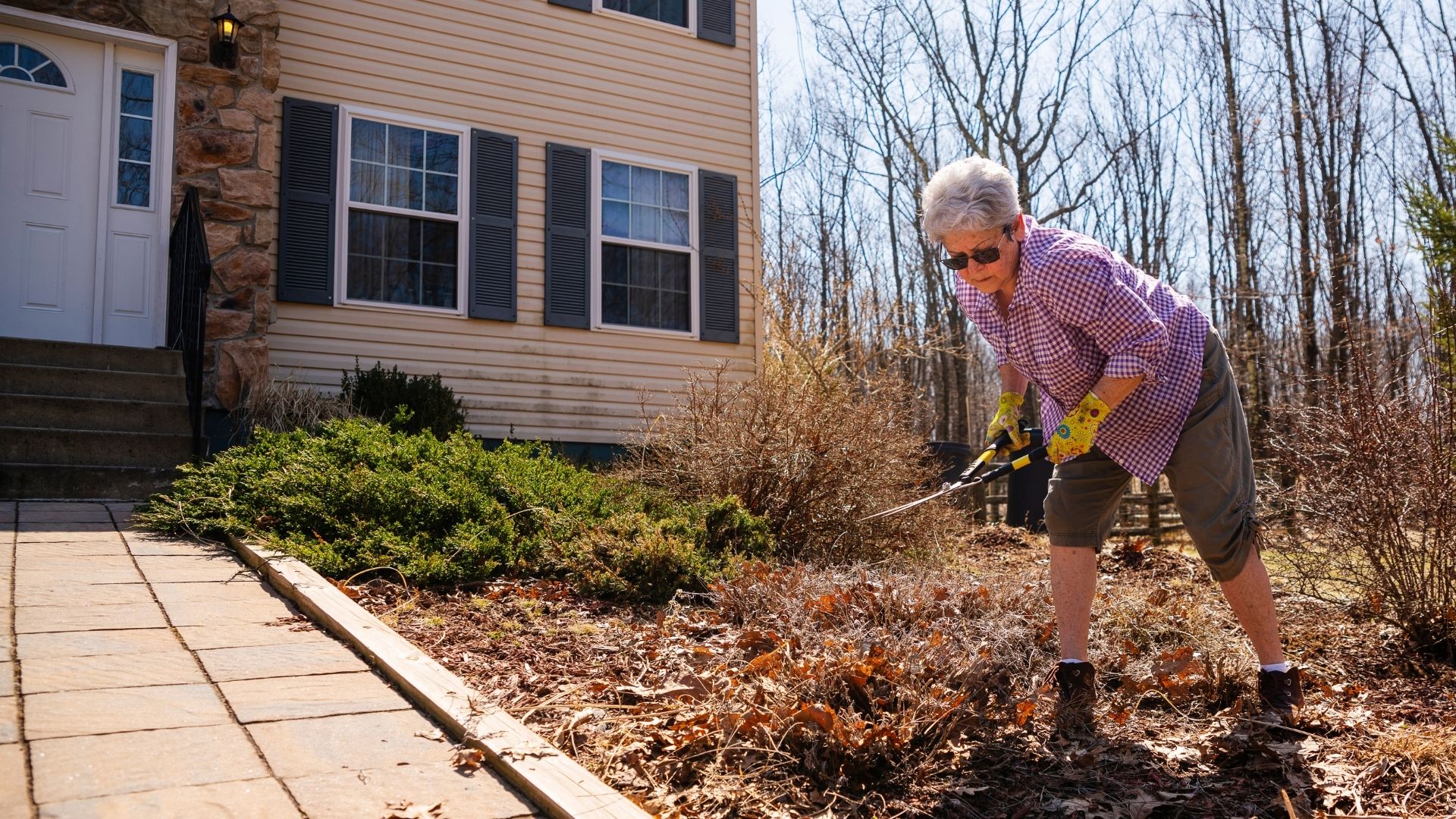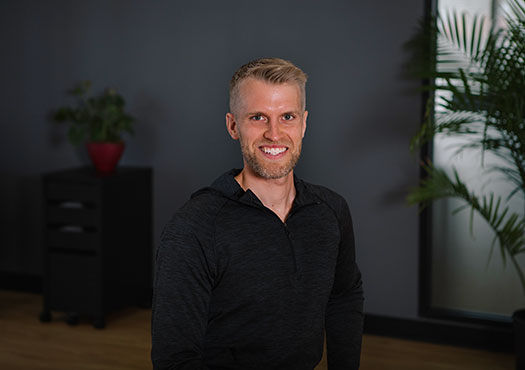Canadian winters can be hard in many ways. In addition to shorter, darker days, the ice, snow and cold keep many people indoors and much more sedentary than they are inclined to be. When milder weather returns, we are naturally excited to get back to outdoor activities we have missed over the winter. Whether it’s running, gardening, golfing or another activity, knowing how to safely return to activity after a break is key.
To ensure a safe and pain-free return to those activities, it is important to build up your strength and activity tolerance gradually. Simply jumping back into the full activity can lead to injury and a longer break from activity than intended. In this article, we discuss general guidelines for a safe return to activity, along with activity modifications, and individual strategies to help with this year’s transition into spring physical activities.
General Guidelines for Increasing Activity
Warm-up your muscles
Whatever physical activity you are doing, its always a great idea to warm up your muscles and joints by doing an easier or slower version of the task that you’re planning to do. For example, in golf, we practice taking easy swings, bending over, squatting, walking before getting on the course and doing them at full speed.
Get more warm ups for sports, including long distance running, hockey, soccer and basketball from kinesiologist Chris Sutarno.
For projects around the home, start with light and easy tasks at the start of the day. Let your body get used to walking, squatting and lifting by doing a few of these lighter tasks. Your muscles and joints will loosen up and you will be able to take on bigger tasks and loads as the day progresses.
Strengthen your body for the activity
Start practicing the activity 4-6 weeks before you plan to start doing it regularly. This will help get your body stronger ahead of time. For example, if you know you will be gardening in about a month, start doing some exercises that mimic gardening and can prepare you for gardening today.
When you garden, you’re generally kneeling, squatting, bending over, and getting up and down from the ground repetitively. Doing all of these movements for the first time on that first sunny day in spring will possibly lead to feeling terrible the next day. Instead try building these exercises and movements into your daily exercise program to help get your body ready beforehand.
Gradually build your intensity
It may seem simple, but a lot of people start back into their activity at the same intensity they ended with. Unfortunately, that’s not a great idea. Our minds often tell us that we can do more than we can, because we remember doing it in the past.
If the activity involves lifting, like spring cleaning or gardening preparations, start with light objects for the first few days and gradually let your body prepare for heavier objects.
If it involves an endurance activity like walking or jogging, start by using intervals of fast and slow speeds to let your body adapt. Start at about half the distance you were doing the previous season. If you start too quickly and go too far, you could set yourself up for injuries like shin splints, knee pain, calf pain and plantar fasciitis.
Pace yourself
In order to avoid pain and muscle soreness, begin with short stints of activity with lots of rests in between, and slowly build up your overall time. It’s good to really pay attention to your body when doing activity, but we often need more breaks than we think when starting a new activity and taking frequent breaks will help to ensure your body has enough time to recover between activities
Change up your activities
When getting into activities such as gardening, raking, or cutting the grass, we often get into the mentality of wanting to complete the whole job before moving onto another. However, due to the repetitive nature of these activities, it’s much more advisable to change up your tasks throughout the day so that you bring in variety to your movements.
For instance, after spending some time raking, which involves a lot of upper body exercise, you can switch over to cutting the grass for awhile, which involves more lower body activity, and then cycle back and forth until the jobs are complete.
Deep Breathing Exercise to Give You More Energy
One of the best ways to start to prepare yourself for increased activity is by improving your daily posture and breathing. Deep breathing is key to giving you more energy and helping you to feel more refreshed.
Here is a simple exercise to help with your deep breathing:
- Lay down or sit nice and tall with your head over your shoulders and pelvis.
- Put one hand on your belly and the other hand on your upper chest.
- Take a deep breath in through your nose, trying to fill the lower part of your lungs as full as possible and feel your belly expand under your lower hand.
- Breath out through your nose to fully exhale and feel your belly relax.
- Take the time to feel your breathing in and out. Complete 5 to 10 repetitions at the start of your day.
Postural Exercises to Give You a Physical Boost
Getting your posture right can give you a ‘physical’ boost. Carrying out these tips should form a part of your daily routine and become second nature.
Tip 1: Elongate
- Try to sit up as tall as you can. Imagine that a string is pulling you up from the back of your head to make you taller.
- Elongating your body can make you feel taller, more upright, and stronger!
- Take a couple deep breaths in this new posture
Tip 3: Broaden
- Try not to slump with your shoulders rolled forward. Let’s try to push your shoulder blades back and down to increase the distance between your shoulders.
- This will help reduce the possibility of shoulder and neck pain.
- Take a couple deep breaths in this new posture
Tip 4: Engage
- Pull your tummy muscles in all the way then release them by 50 per cent – you should still feel them working but it shouldn’t stop you from breathing.
- This helps improve the tone of your abdominal muscles and reduce the possibility of back pain.
At Propel Physiotherapy, we can help provide you with education and guidelines for a safe return to activity. Come see one of our therapists today to help you get you back to doing what you love!
Written by

















